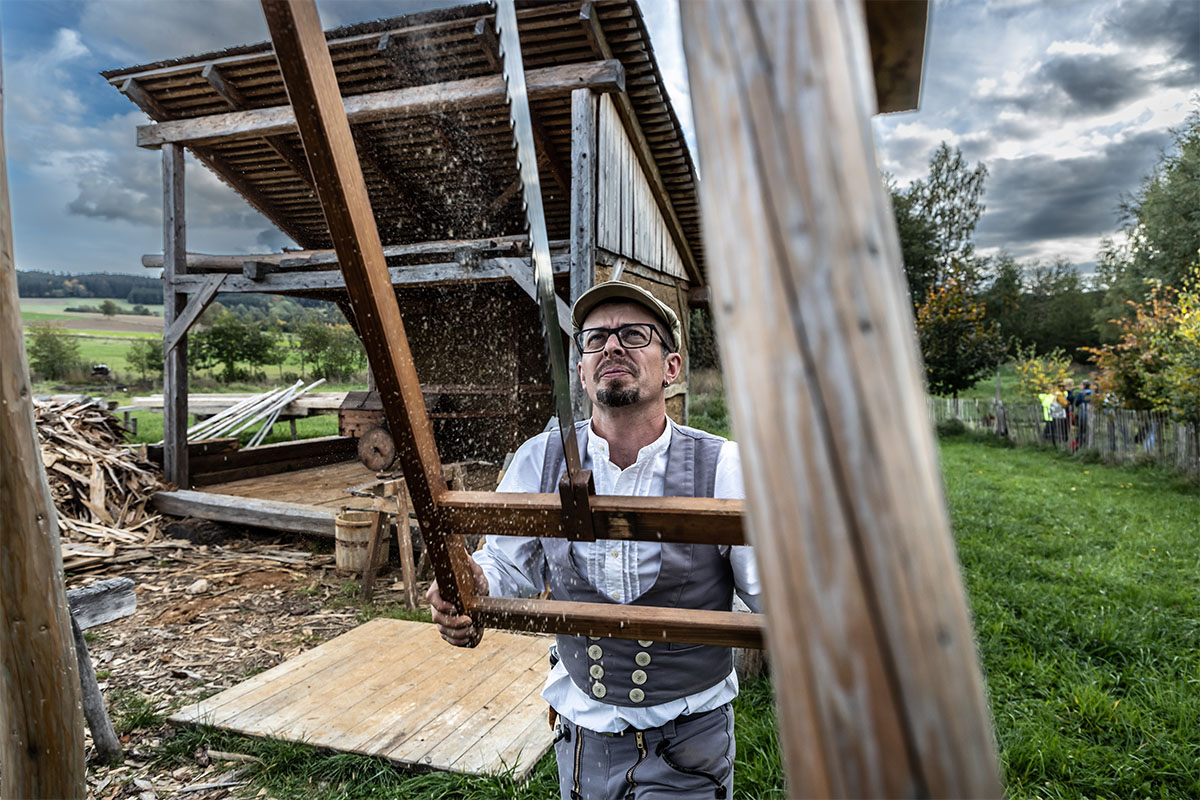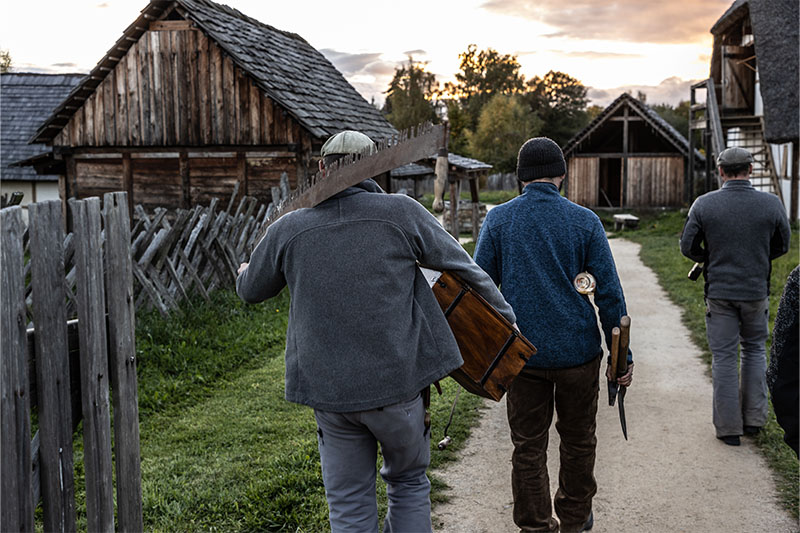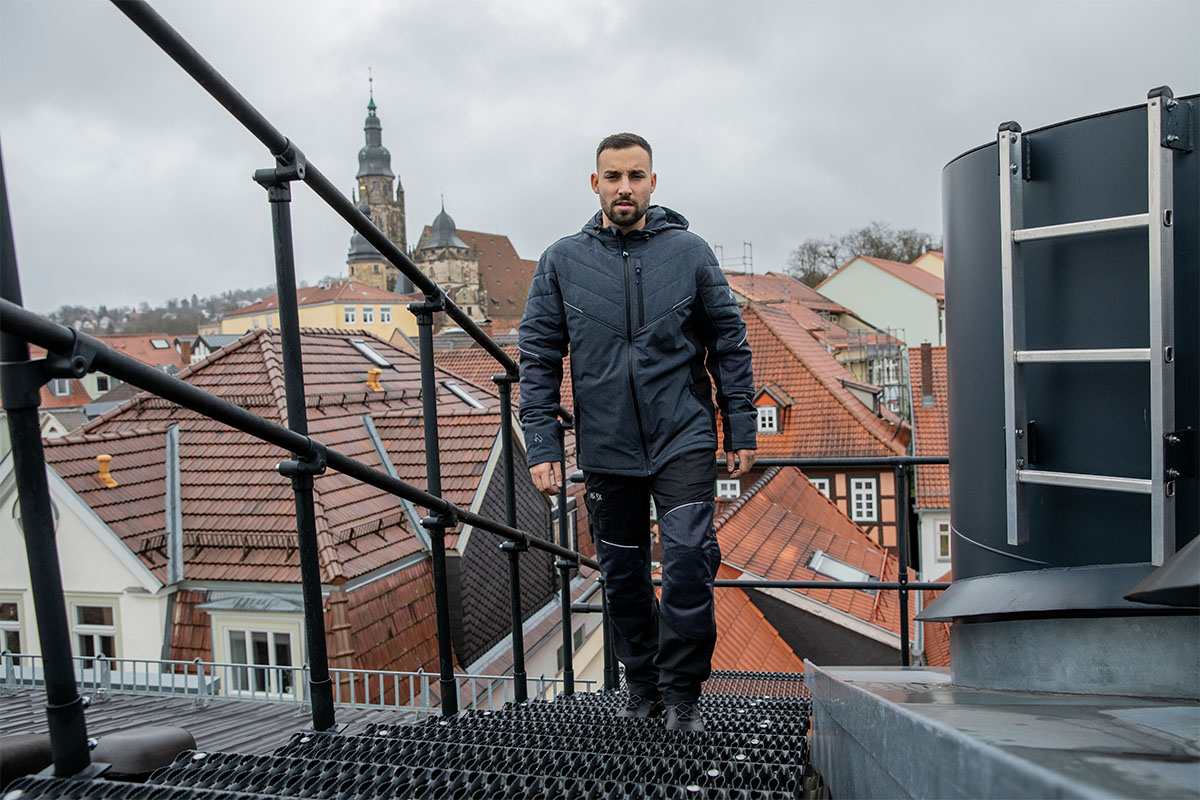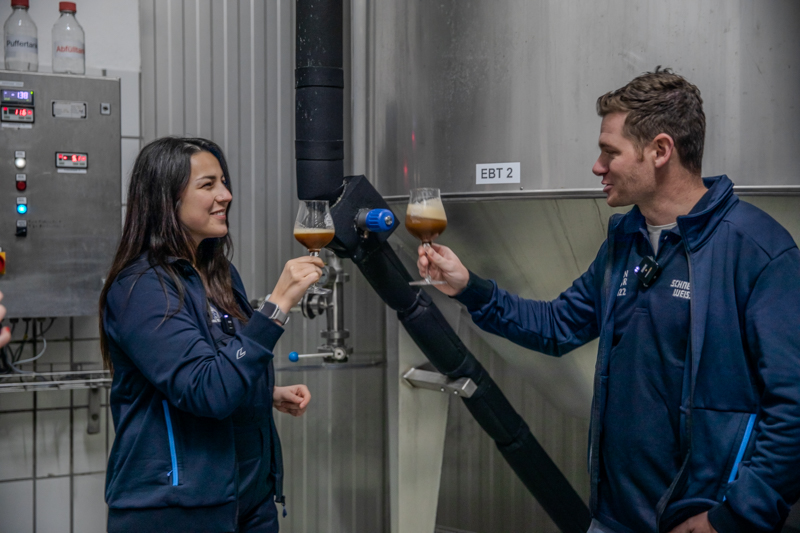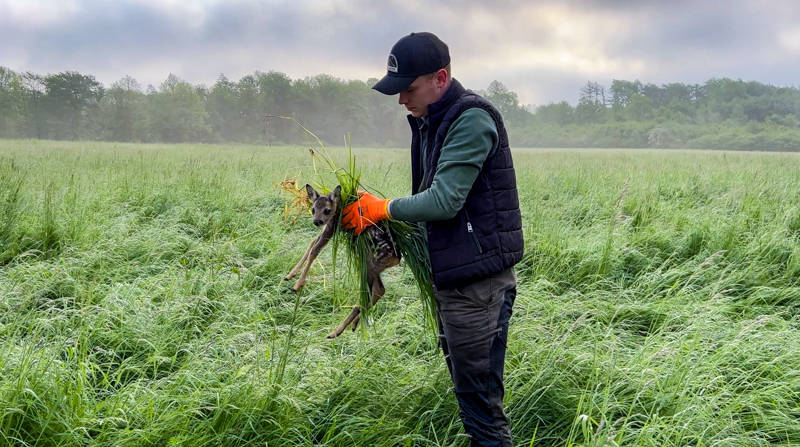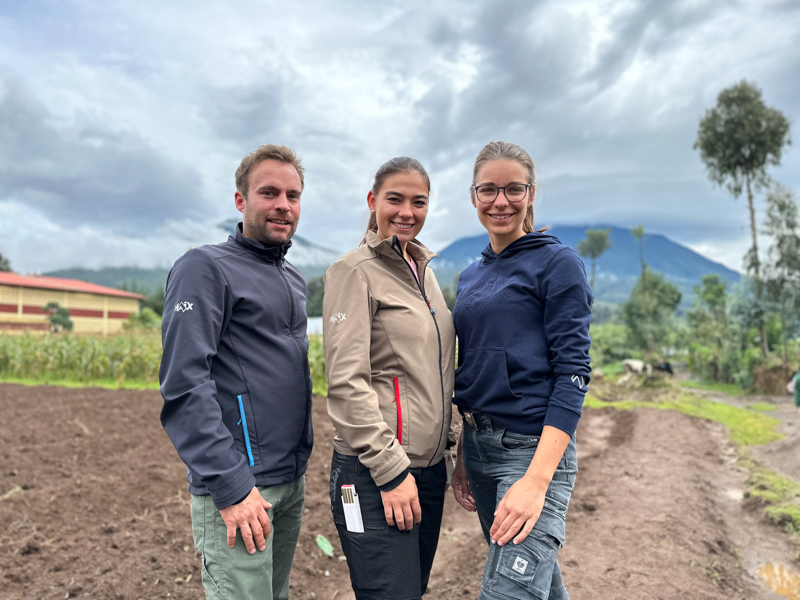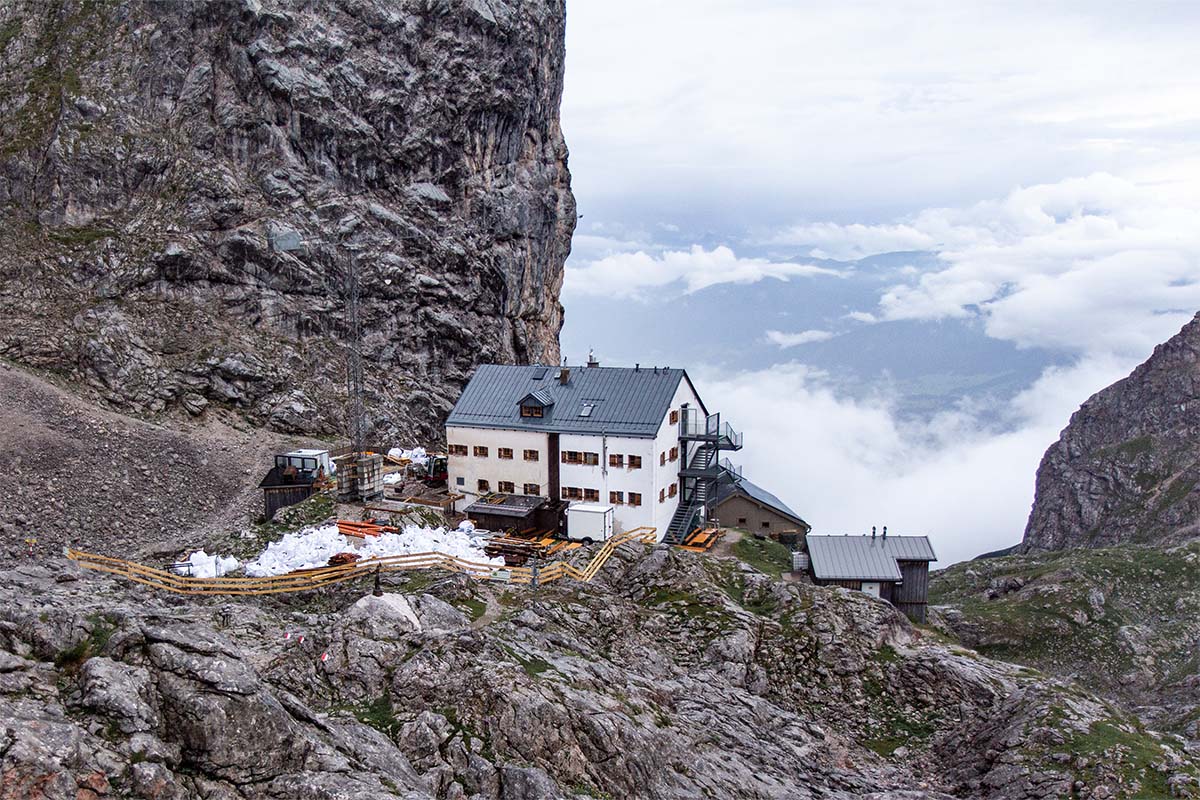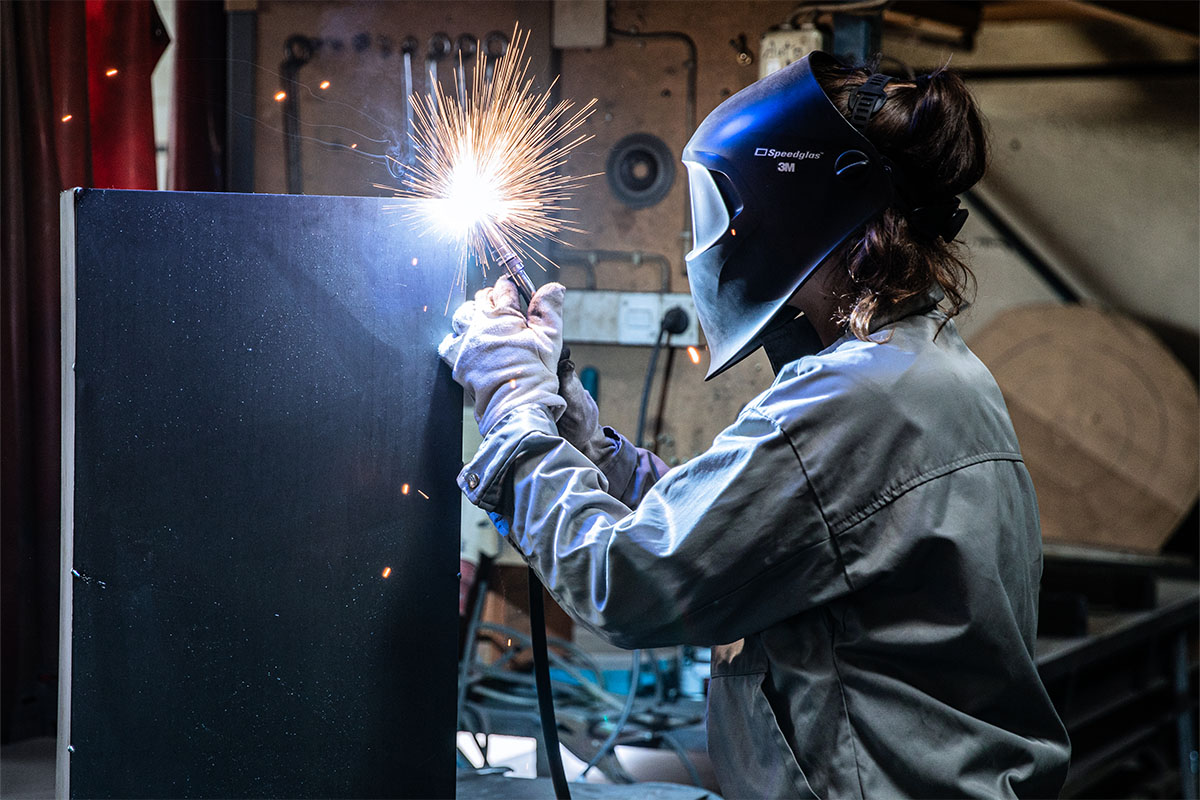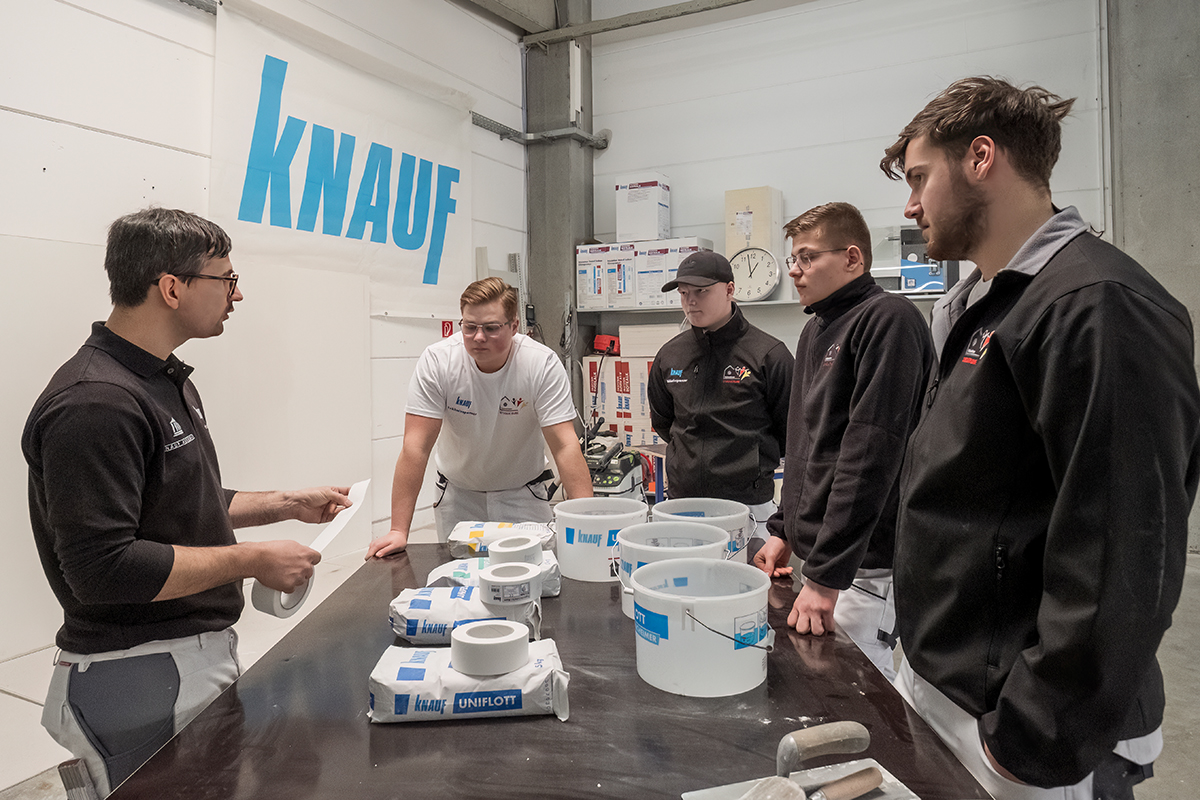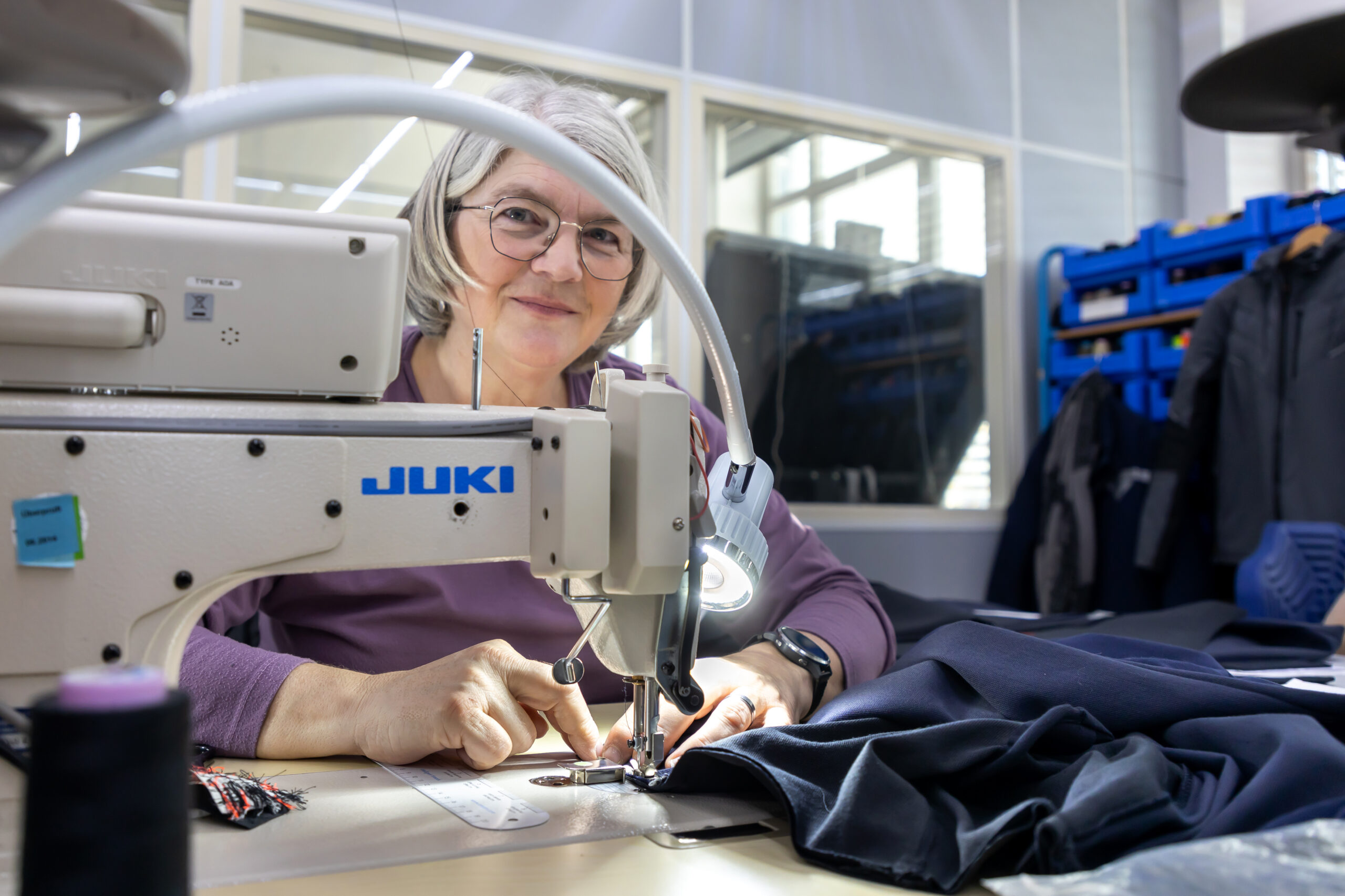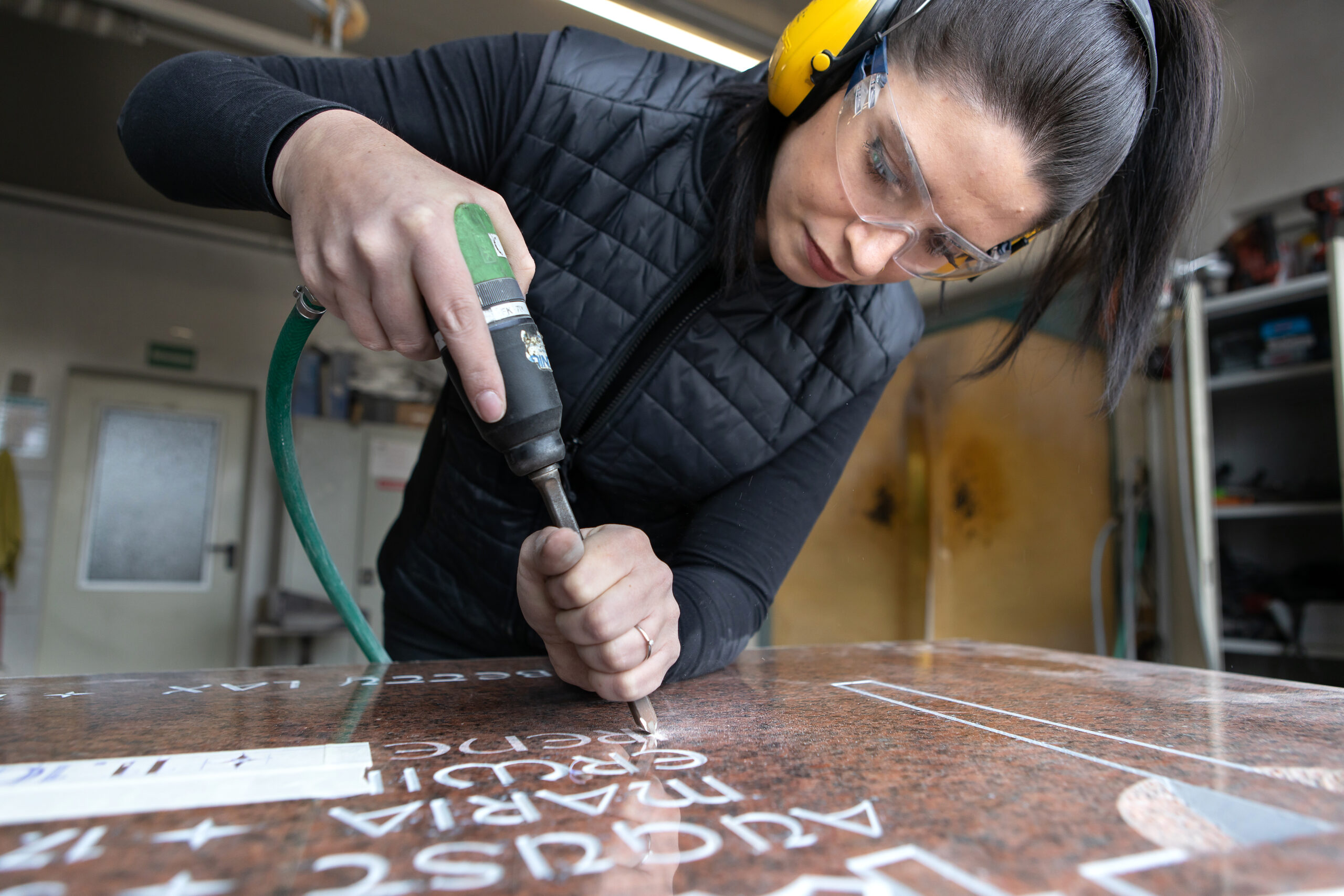Brick firing as in the Middle Ages in the Bärnau-Tachov History Park
They manually break each stone out of the granite and each beam out of a raw tree trunk; they make mortar from limestone, bricks from clay. “All by hand, just like in the old days,” comments stonemason Robert Mois. We observe the two craftsmen at their workplace, the Bärnau-Tachov History Park, as they build a historical settlement using medieval techniques.
“We’ve got plenty of work left to do on this prehistoric rock before the whole complex is ready,” explains Michael Winkler, smiling at his four colleagues. This team of craftsmen is as diverse as the history park itself: They hail from Bohemia and Bavaria and bring many years of experience to this project, a collaboration between the University of Bamberg, the University of West Bohemia in Pilsen, and the Charles University in Prague. “Experimental archeology,” the researchers call it. “It’s all true to detail, just like it was back then,” comments Winkler on the natural construction materials, the handcrafted tools and the rediscovered processing techniques.
Brick firing, for instance. As if from a dragon’s throat, a red-hot gush hisses out of the furnace when carpenter Armin pulls the chain on its iron door taut. The inside of the furnace must reach at least 680 degrees Celsius – and stay at that temperature – to ensure that the bricks are weatherproof and frost-resistant. For the team at the medieval building site, this means three days and three nights of fire watch. “We add wood every half hour and make sure that the temperature never drops.” Otherwise, all their hard work would have been in vain.
They have even designed and built the furnace themselves. This in-house approach is very important to Robert Mois. His dialect reveals his Upper Palatine roots as he tells us about the furnace. Yesterday morning, at eight o’clock, they fired it up. The bricks had already been shaped days before and artfully built around the fireplace with impressive precision. The kiln is fed wood and wood alone. Spruce from the Upper Palatinate and Bohemian forests burn especially fast and well, the three assure me. It’s the perfect material for the logs, which have been stacked up all around the kiln and are almost one meter long. “Some of these woodpiles are over two meters tall and at least as wide, but they burst into flames in a matter of seconds. The lime-burning process takes even more wood,” explains Mois. When burning lime, the three men heat their historical kiln to more than 1,200 degrees Celsius, using a sophisticated system of air ducts. Three days and three nights pass. Time seems to stand still in this corner of northern Upper Palatinate: The Waldnaab river gently snakes through its idyllic landscape of medieval farms and fortifications just as it has done for centuries. Once upon a time, merchant caravans and emperors’ entourages crossed this river on the famous Via Carolina, the Golden Road, which led from Nuremberg to Pilsen and onwards to Prague. It was one of the most important east-to-west trade routes of the Middle Ages. In Bärnau, monarchs and merchants stopped to rest. Seeking to reconstruct such an imperial rest station, researchers have searched for plans, rummaged through archives and sifted through documents.
The craftsmen and their visitors agree: The most fascinating thing about this everlasting construction site is not the prospect of its completion, it’s the constant progress made using techniques that, strictly speaking, no longer exist. Every completed step attracts curious visitors to this unique site, with some dropping in again and again. For the servants’ quarters alone, the five historical builders sawed and drove 600 meters of roof battens by hand from unprocessed tree trunks.
“We’ll need the 300 or so bricks made during the current burning process for the chimney of the half-timbered house,” explains carpenter Armin. This firing technique always produces some wastage, but the three use it to lay the floor. “That’s exactly what they used to do back in the day – nothing ever got thrown away,” assures Robert Mois. Considering all the time invested in making these materials, even broken pieces are much too valuable to throw away. Crumbled bricks were often ground into brick dust and mixed into the lime mortar, which allows the substance to solidify in wet environments and makes it suitable for wells, spas and port areas.
These old techniques were rarely documented in writing. A builder’s knowledge was an important asset, fiercely protected and only passed on to one’s successor – orally, of course. As a result, the team of three in the valley between the Upper Palatinate town of Bärnau and the Bohemian town of Tachov have to experiment a lot whenever they want to create something new. And there is much more to the “living history” celebrated in places like this than medieval feasts with amateur actors draped in old robes. Of course, there’s plenty of fun to be had here, too. But living history starts at the building sites of the ever-changing complex, and the three builders are more than happy to give others insights into their craft. They have already built more than 30 buildings based on old models. And at least on this building site, nobody wants to be done.
A year ago, we have already visited the craftsmen. Click here for the article.
